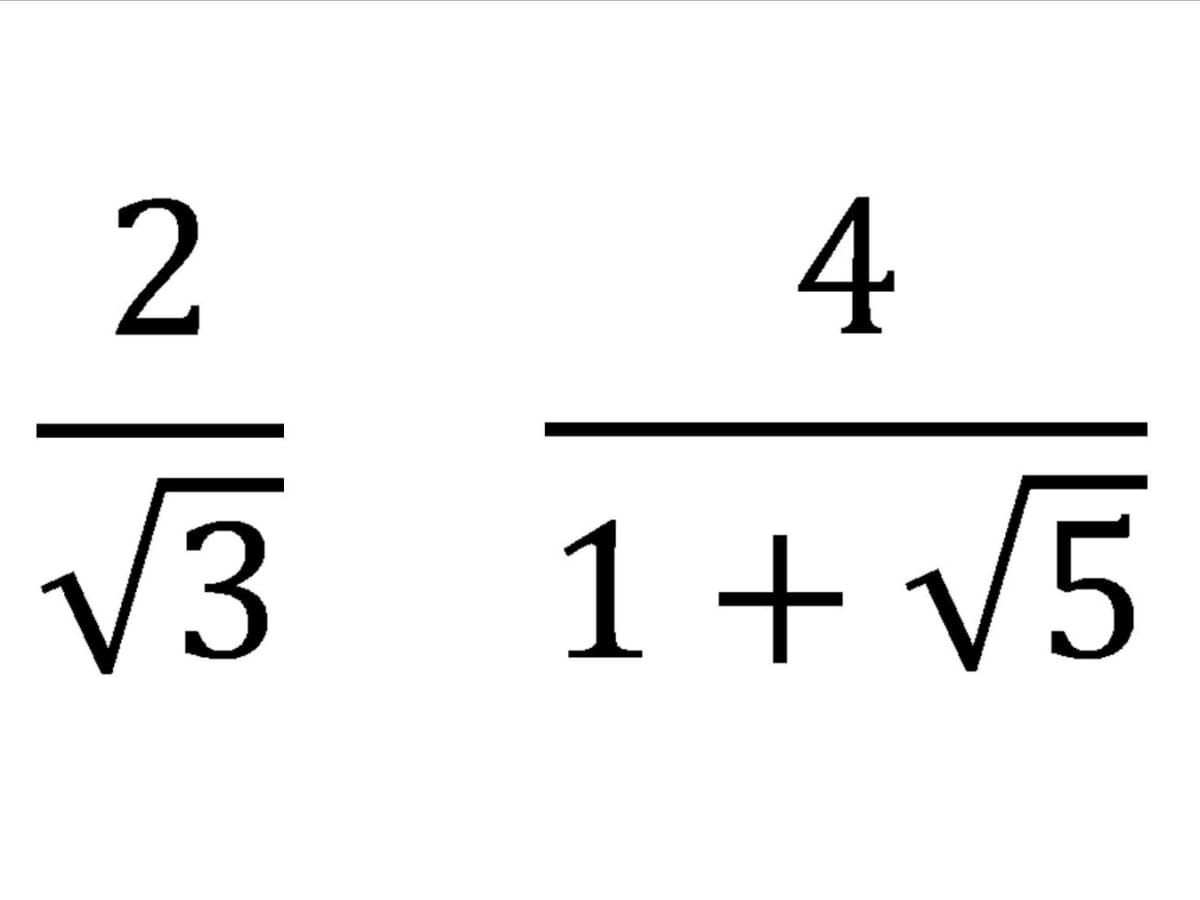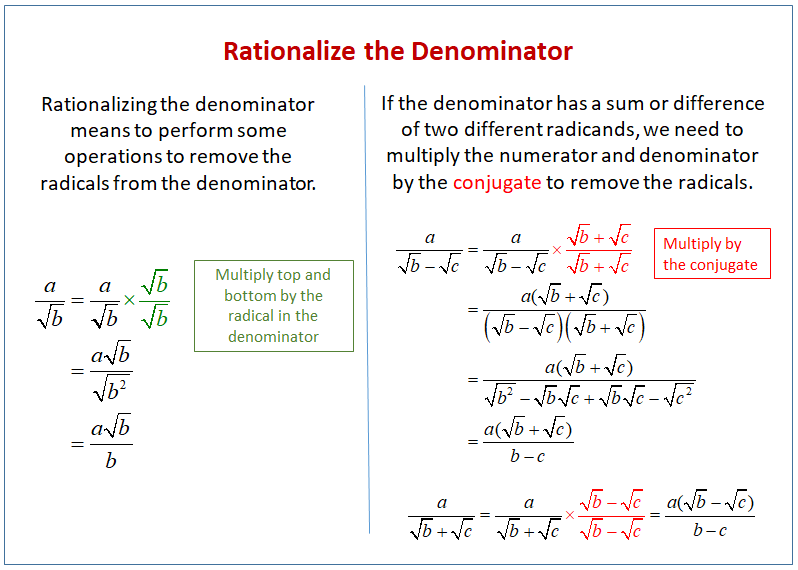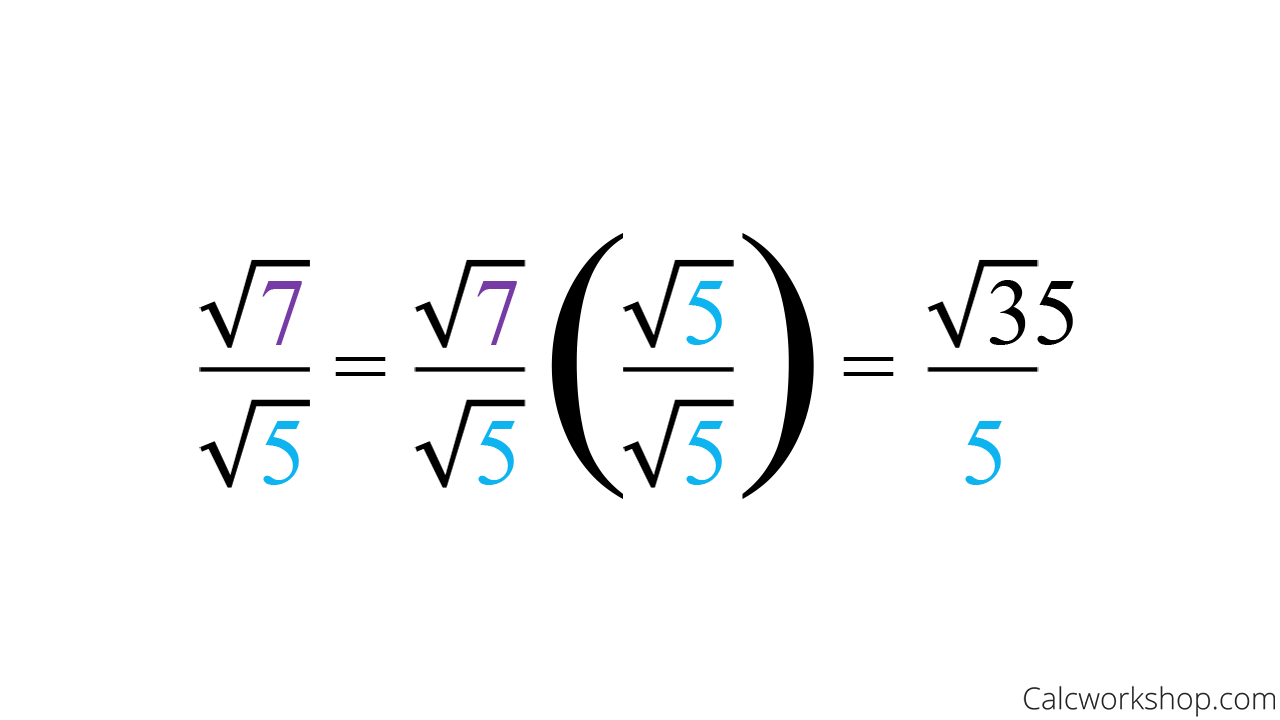Who Else Wants Tips About How To Get Rid Of Denominator

Having learned how to use common denominators to get rid of fractions in equations, you might be wondering how to isolate a variable that is in the denominator.
How to get rid of denominator. Multiply both top and bottom by a root sometimes we can just multiply both top and bottom by a root: This step will multiply out (or cancel out) the fraction in the denominator to 1, thus getting rid of the fraction in the denominator. That is, as , the denominator get's incredibly small, so small that the limit blows up to infinity.
Since the denominator is a binomial in which one of the terms is a square root, we need to multiply the numerator and denominator by the conjugate of the. In a fractional exponent, think of the numerator as an exponent, and the denominator as the root another rule for fractional exponents: The key idea is to multiply the.
To rationalize the denominator means to eliminate any radical expressions in the denominator such as square roots and cube roots. So $\dfrac{1}{x^2}$ is actually $\dfrac{1}{\dfrac{x^2}{1}}$, so it's really the same thing. Simply multiply the whole equation by that denominator, x.
The other method is to find the common denominator but, rather than converting everything to that denominator, i'll take advantage of the fact that i have an equation. The general rule is that $everything$ is a fraction, that has a denominator $=1$, but we just don't put it. Welcome to omni's rationalize denominator calculator, where we'll show you how to get rid of a square root or any other radical from the denominator.
In this section we introduce techniques that clear fractions and decimals from equations, making the resulting equation a lot easier to solve. When clearing fractions from an. To get rid of a cube root in the denominator of a fraction, you must cube it.
When you multiply 2 (or 2/1) by 3/2, you multiply numerator by numerator, and denominator by denominator. The overall lcd of the denominators is. This means that x is the lcm of all the denominators, since there is only one denominator.
When we have a fraction with a root in the denominator, like 1/√2, it's often desirable to manipulate it so the denominator doesn't have roots. When you reduce (or simplify),. Remember a $negative$ exponent is another way to get your variable to the $top$.
The best way to get this radical out of the denominator is just multiply the numerator and the denominator by the principle square root of 2. 1 √2 has an irrational denominator. Limx→0 1 (x + 1)1/2 − 1 → 1 0 lim x → 0 1 ( x + 1) 1 / 2 − 1 → 1 0.
To do that, we can multiply both.











![[Calculus] How to get rid of t in the denominator, help me in this one](https://preview.redd.it/jhz6e03yf0g61.jpg?width=640&crop=smart&auto=webp&s=bae0b20a3d8499767f779ad2398b0a2871eb0abd)




